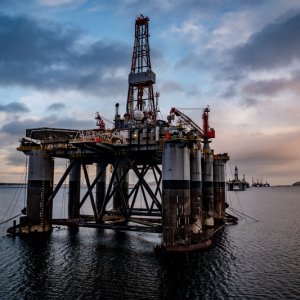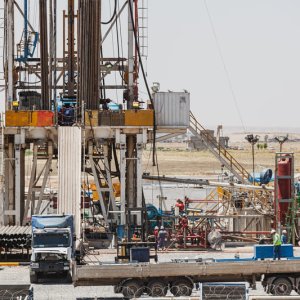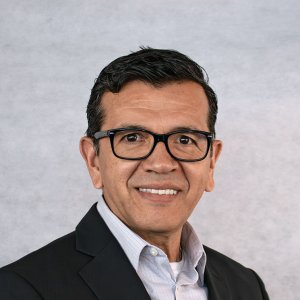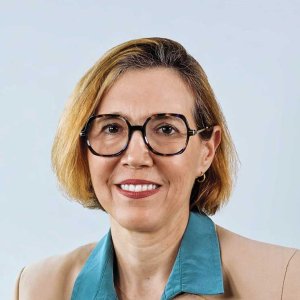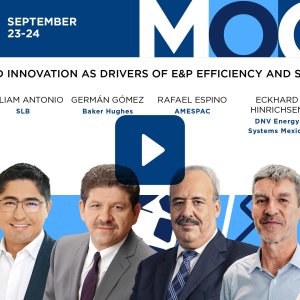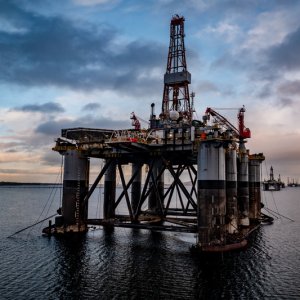
What New Tech Will Revolutionize Oil and Gas Infrastructure?
As companies in Mexico prepare to increase their exploration, production, processing, imports, exports and commercialization activities, global names are entering and bringing with them a wide array of cutting-edge technologies. Long-term vision, cost-effectiveness, safety and environmental protection are the buzzwords that will shape the development ringing across Mexico’s new oil and gas industry that was previously directed toward only two goals: field development and production maximization. Mexico Oil & Gas Review asked industry leaders what technologies will most likely disrupt the industry and reshape the landscape?
Jesús Pacheco
Topside 4.0 involves the digitalization of the complete life cycle of a topside offshore project. It is designed to provide a link between the design tools and optimization tools. Digital twins are created to replicate a real asset and simulate how the asset will work and behave under certain scenarios and how it will interact with the entire facility. These twins can also be used to train personnel, allowing them to interact with the twin and simulate different working conditions. This approach saves significant costs, particularly for larger and more expensive projects. Our hardware and software solutions will enable the dramatic change in cost structures that the Mexican industry really needs. That is what we bring to Mexico, to PEMEX and to all the new companies in every sector of the oil and gas industry.

Alejandro Lupiañez
The positive effects of automation and digitalization can be witnessed across the entire value chain of the oil and gas industry. Using solutions that allow for the exploration of dangerous environments without the need for human personnel onsite is one clear example. In Mexico, we can see that very clearly in the short term, due to the fact that, in certain regions of the country, the presence of workers can pose a certain type of inherent risk. Using Wood’s Remote Expert, Virtual and Augmented Reality solutions, a machine can livestream the process to a worker in a control room, from where that same worker can control the maintenance operations. Solutions like these can be explored at our Advanced Technology Center.

Pedro Hoyos
Most gas stations in the US are controlled by a satellite network that oversees the behavior and location of transport fleets, measuring important aspects such as the amount of gasoline they are using. Mexico still has many gaps, such as poor terrestrial services, as well as complex regulations that need to be addressed. We see an opportunity in that field. There are many companies trying to capitalize on this opportunity as well but they provide mostly residential services that do not match the quality of our services, nor the knowledge that we have developed in the market. We have worked for almost every demographic, including SMEs and PEMEX, and we are confident about the robustness of our service offer.

Adrian Hernandez
The Building Information Model (BIM) concept was created in the 1980s but it has not been widely used for infrastructure projects until now. BIM refers to the capacity of analyzing 3D models and mapping information about materials and building models to integrate project control in a much more accurate way, before ground is broken. Hexagon PPM is not in the business of producing or analyzing the 3D models, but we are working to use the BIM concept to allow our clients to have better control in their projects and have improved capabilities to ensure the project is properly executed. At Hexagon PPM, this integrated solution is called SMART Build. SMART Build will allow project development to be carried out on time and on budget.

Eckhard Hinrichsen
One global initiative we are launching is the Veracity platform. This is a big database designed to gather and share information. Of course, the rules will have to be established but the idea is to put information into a central database that service providers and clients can access. Right now, a lot of data is collected but a lot of this data is not really used; it is just collected and then nobody knows what to do with it. We want to put the data in one place and then develop algorithms to use the data and maybe benchmark. That has actually been quite successful.

Michael Gunther
Cybersecurity is a trend that we cannot overlook, especially in the oil and gas industry. Everything is now controlled and connected via electronic data, from production equipment to transmission pipelines. If someone hacks into those systems, a great deal of damage can be done, and there is already precedent for this. This was not imaginable five years ago, but risk managers now need to make sure that they identify, analyze and manage such risk in a proper way. The risk manager will be a bridge between the daily operations and the management board that wants to ensure that no risk jeopardizes operations.

Juan Angarita
Baker Hughes and General Electric, BP and Conoco Phillips are all using data engineering to improve their operations efficiency and effectiveness. We are working in a similar fashion to structure improved and high-performance data management systems for the entire oil and gas sector. One example of such services is data management in oil fields to create “intelligent” oil and gas fields. We can also capture data from different segments—upstream, midstream and downstream—and process that data to generate operational intelligence. In addition, we can model and perform simulations and forecasting, keeping in mind that data is a valuable resource for decision-making.

Jóse Aguilar
In Mexico, our focus is on deepwater exploration, so we are developing tools that will make changes in how certain things are done. For example, we are changing from the traditional way of gathering samples from a vessel to doing it from an ROV. This way, we can gather these samples in half the time and without spouting. Such new methods will reduce costs for operators. There will also be more integrated and game-changing technologies that will initiate in Mexico. For the moment, deepwater development is still at the exploration stage. Other kinds of activities will start next year, and, at that point, we will introduce additional innovative technologies that will address the operational phases of these deepwater blocks.
